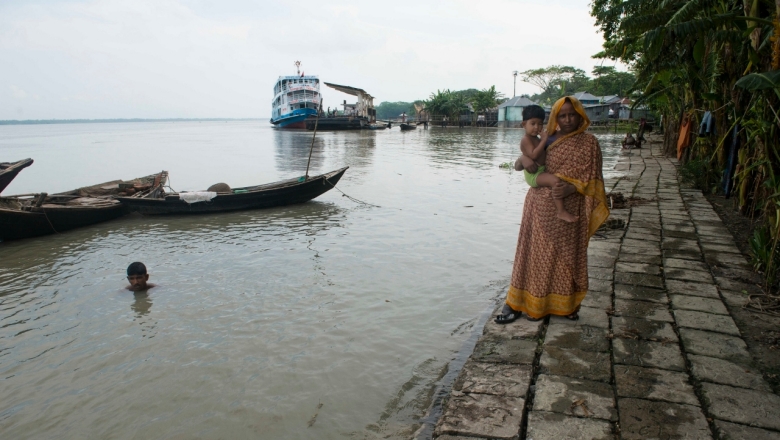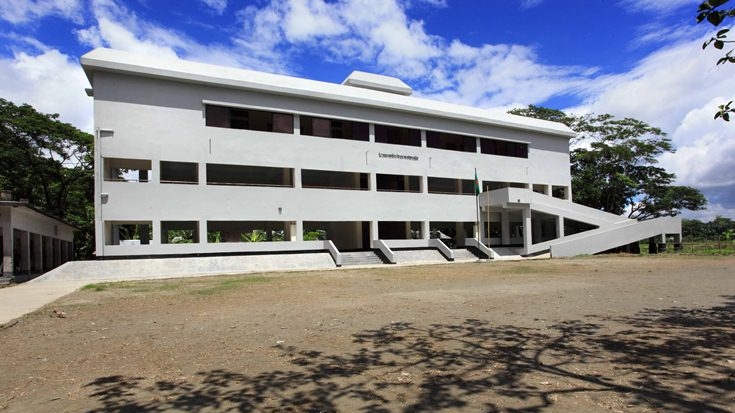Challenge
The development of a safe and habitable coastal zone is a longstanding priority for Bangladesh. Spanning more than 580 kilometers and housing more than a quarter of the country’s population, the area is key to its social, economic, and environmental well-being. But it remains extremely vulnerable to climate-related hazards such as cyclones, storm surge, coastal erosion, and sea level rise. Cyclone Bhola (1970), the deadliest cyclone on record, claimed an estimated 300,000 lives. With the help of donor partners including the World Bank, the government has invested in disaster risk reduction, mitigation, and preparedness systems ranging from embankments and cyclone shelters to community-based early warning systems to nature-based solutions. These initiatives have saved lives, reduced economic losses and protected crucial development gains.
The number of casualties from cyclones has dropped by a factor of 100 and living conditions for coastal communities have improved significantly. However, continuous improvement of knowledge, planning, infrastructure, and investment are needed to deal with the ever-evolving threat, which has been intensified by climate change.
Approach
The World Bank’s Coastal Embankment Improvement Project Phase 1 (CEIP-1) and Multipurpose Disaster Shelter Project (MDSP) are complementary stand-alone projects. They incorporate technical design elements such as climate change scenarios, nature-based solutions and inclusive disaster protection, as well as a robust program on data and analytics.
The CEIP-1 was designed to support the rehabilitation and upgrade of protection polders—areas of low-lying land reclaimed from the sea—to mitigate the effects of tidal flooding and frequent storm surges. It was also designed to improve agricultural production by reducing saline water intrusion, thereby supporting better livelihoods for those living in the coastal zone. The rehabilitation of 10 polders in six coastal districts will provide direct protection for more than 724,000 people living inside the polder boundaries, enhance their livelihood through increased agricultural production and strengthen the overall resilience of the coastal areas.
The MDSP is aimed at saving the lives of those at risk from cyclones and storms while providing safe schools for children in the communities most vulnerable to natural hazards. These will provide protection for more than 424,000 people in vulnerable coastal communities. The shelters are also used as primary schools, providing over 1,500 new and improved classrooms for over 175,000 children. The MDSP is the single largest program for disaster shelters in Bangladesh, integrating into the design such technological innovations as solar panels and rainwater harvesting devices and reflecting improved sensitivity to gender, age, and disability.

